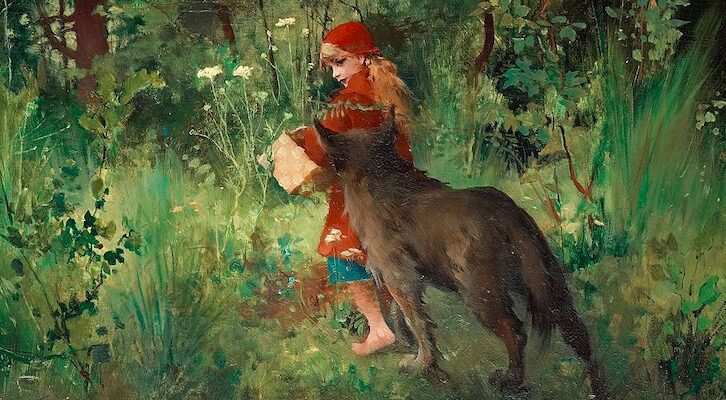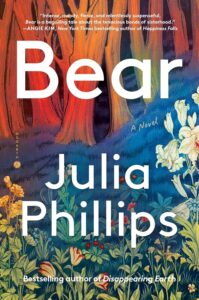
Julia Phillips on the Writing Lessons of Fairy Tales
"Close the circle—even if your characters suffer, your readers will remember it."
This first appeared in Lit Hub’s Craft of Writing newsletter—sign up here.
We all know where a fairy tale will wind up: “And they lived happily ever after.” That classic phrase was taught to us in childhood and repeated through our lifetimes. It’s clean, it’s romantic, it’s reliable. We can count on a fairy-tale ending to deliver happiness.
Except not all fairy tales actually conclude this way. In my go-to collection of Brothers Grimm stories, sure, some tales have it, but many end on a last line with a decidedly different tenor:
“All of them were executed as payment for their villainy.”
“That was how Hans lost his bride.”
“And since nobody could get out, they were all burned to death.”
“The duplicity of the stepmother and her daughter was now clear as day, and they were cast into the forest to be devoured by wild animals.”
“Watch out!”
These actual fairy-tale endings aren’t exactly pleasant; they’re punitive, violent, or moralistic. They focus not on whether the maiden lands her prince but whether the villain lands in a barrel of boiling oil (which, the Grimms are eager to assure you, she does). And in the gap between the endings we imagine and the endings that exist, we can find a lesson or two on craft.
The chief concern of these stories is not characters’ happiness but readers’ enjoyment. The stories lay out, right at the top, their hero, what bind that hero finds themself in, and who is standing in the way of their success. By the time the story finishes, all those elements are resolved: the hero is victorious, the villain is punished, and everyone who witnessed the situation learns a life lesson. Everything that was first introduced is, in the end, resolved. No narrative thread is dropped.
I’m paraphrasing a brilliant writer and teacher, Christine Schutt, when I say that this way of structuring a story, returning in the end to the elements that were put in play at the start, is what gives the reader satisfaction. In a summer workshop that took place nearly ten years ago, Christine held up her two hands, thumb meeting thumb, index finger to index finger, and said, “A story is a circle.” I’ve held tight to this picture of her. What your beginning contains is what you conclude with. An image, a phrase, a relationship, an idea… whatever. Anything. All of it. When, after the story has unfolded, you land in a place that incorporates those same things, your reader gets that delicious feeling of completion.
Fairy tales do that for us. The narratives they draw are round, clear, perfect. The heroes live happily ever after, while the villains are devoured by wild animals. As brutal as the latter may sound in isolation, it reads in the context of the story as pleasurable, because it resolves what elements we started with. It’s what we needed to make the circle close.
And so—here’s the writing lesson, made as explicit as the Brothers Grimm might do (“watch out!”)—the straightforward enjoyment we remember from fairy tales comes in fact from that experience of closure, no matter how bloody or shocking the closure might be. You can write a brutal ending to your story. I’ve written a couple in my time, believe me. It’ll work, in fairy tale terms, as long as it returns to, and resolves, the elements the story kicked off with. Close the circle—even if your characters suffer, your readers will remember it, ever after, happily.
________________________________________

Bear by Julia Phillips is available now via Hogarth.
Julia Phillips
Julia Phillips is the bestselling author of the novels Bear and Disappearing Earth, which was a finalist for the National Book Award and one of The New York Times Book Review’s 10 Best Books of the Year. A 2024 Guggenheim fellow, she lives with her family in Brooklyn.



















